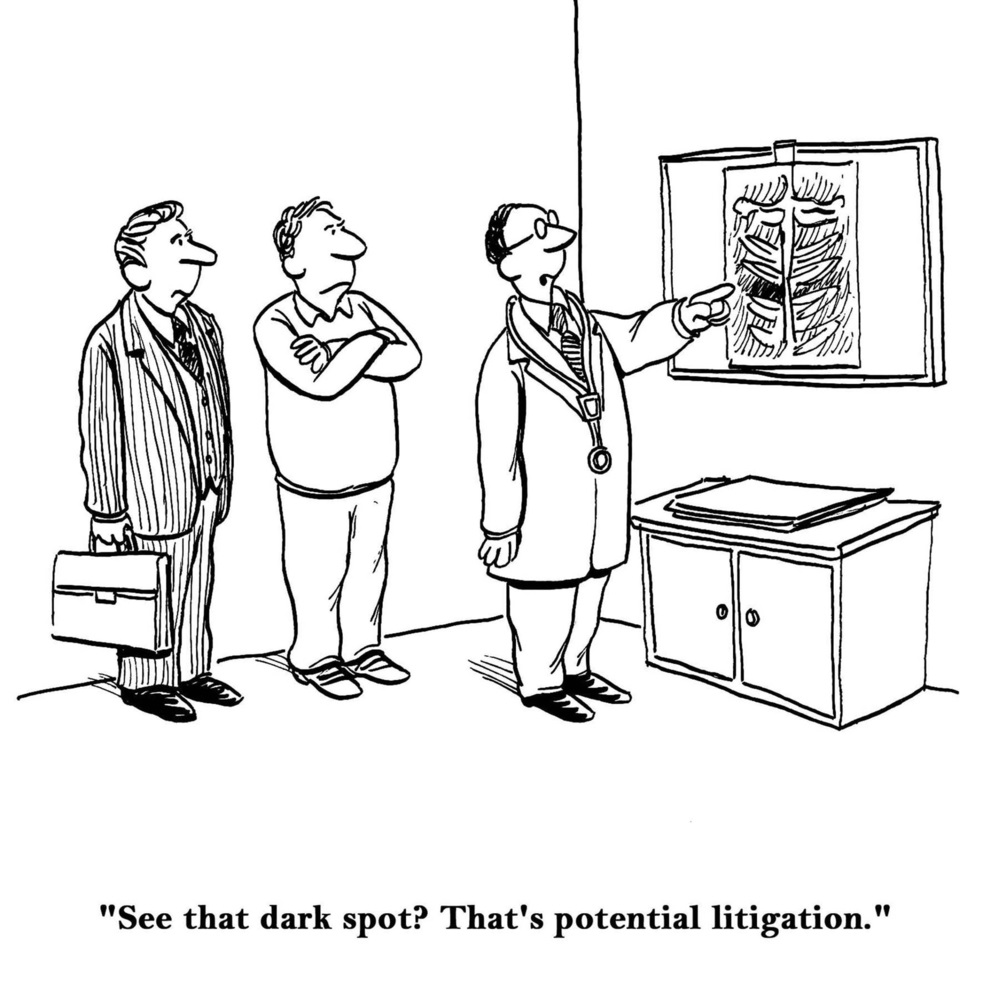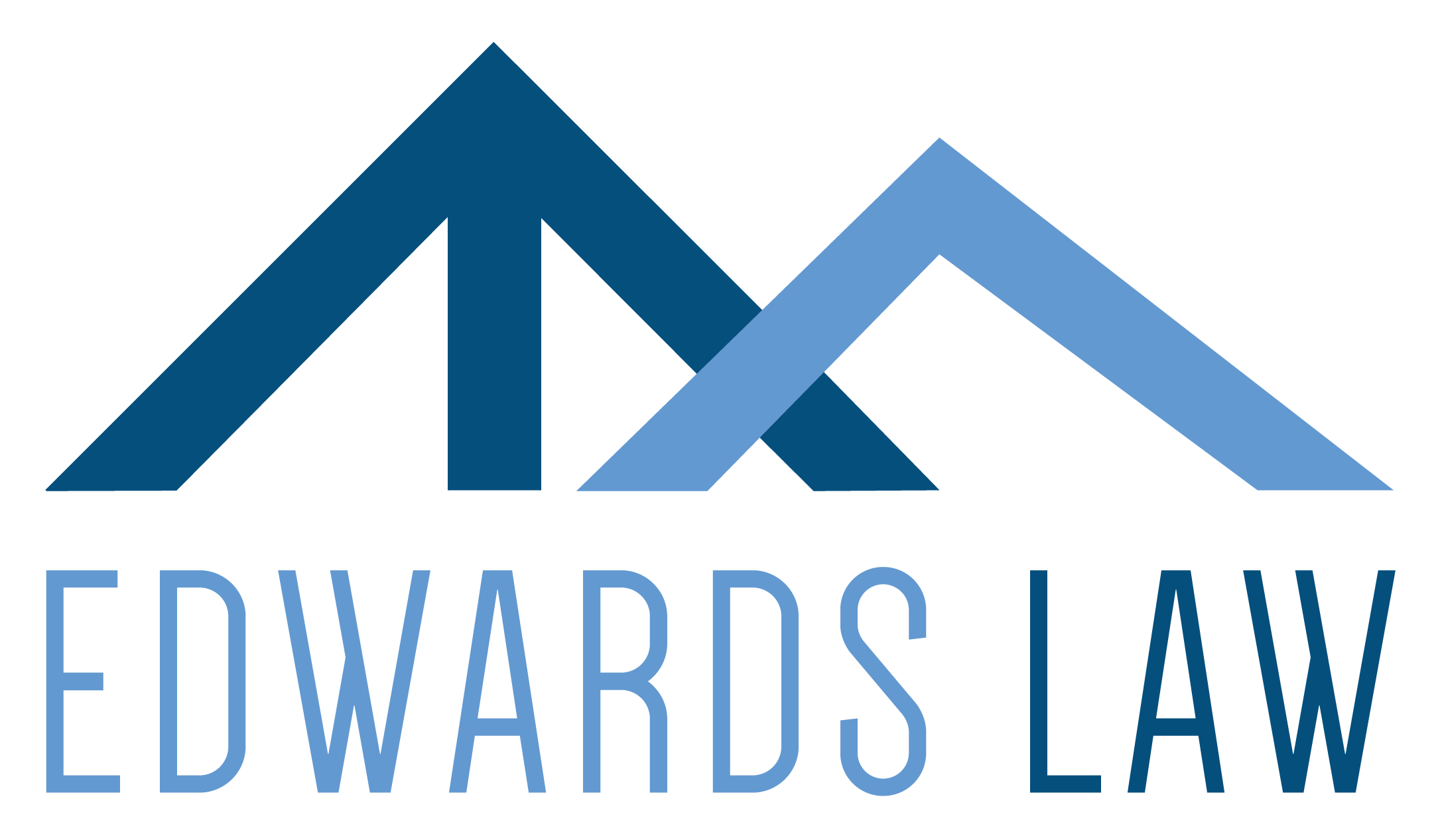
02 Sep Be Prepared for Mandatory Rule 16.1 Litigation
In our last blog we addressed important changes in the way state court civil cases will be litigated in Colorado after September 1, 2018. Now that September 1 has come and gone, your litigation strategy will now need to include a plan of action for dealing with the expedited and limited discovery structure of what is now mandatory Rule 16.1 litigation.
Mandatory Rule 16.1 Litigation
As of September 1, 2018, you and your business are required to bring a civil lawsuit in state court under mandatory Rule 16.1. Rule 16.1 automatically applies to general civil cases seeking damages under $100,000 (exclusive of attorney’s fees and costs), unless the court approves a motion to exclude the case from the limitations of Simplified Procedure. The biggest differences between pre-September 1, 2018 civil procedure and the current mandatory Rule 16.1 procedures are the processes for pre-trial issues and the limitation on discovery. If your attorney has never managed a case under the simplified procedures of C.R.C.P. 16.1, he or she should take the time to familiarize him or herself with its requirements. Here are some of the major changes:
Case Management Conferences Are Not Required Under Mandatory Rule 16.1 Litigation
In the pre-September 1 procedures, the typical case required the parties to (1) work together in setting the deadlines and discovery procedures in the case via a “proposed case management order”; and (2) meet with the judge at a “case management conference”, to address any issues with this process and to have the judge approve the parties’ proposed case management order. For many attorneys, this process served as the first step to getting the proverbial ball rolling in the typical litigation case. The time prior to the case management conference could be and often was used to facilitate settlement discussions among the parties, before the expensive discovery process began.
Under the new, mandatory Rule 16.1 litigation procedures, a case management conference is not normally held, so the parties don’t have to complete a case management order or meet with the judge. This means there is less time to determine the weaknesses of each other’s cases before the parties are required to set the case deadlines and dive into preparing the case for trial, without the benefit of a hearing with the judge to address potential issues early on.
Under mandatory Rule 16.1 litigation, the “responsible” attorney, meaning, the attorney who brought the lawsuit (or the defendant’s attorney if the plaintiff is pro se), is responsible for scheduling a conference among the parties within 14 days of the case being “at issue” to discuss (1) the nature and basis of the claims and defenses; (2) the matters to be automatically disclosed pursuant to C.R.C.P. 26(a)(1), including individuals and documents relevant to the litigation, a description and calculation of damages and whether any insurance agreement could satisfy part or all of a judgment; and (3) whether there is a possibility of settlement. The parties are then required to file a “Certificate of Compliance” 49 days after the case has been at issue, to let the court know that the parties have met their conferral obligations.
These new streamlined procedures can be used by reasonable parties and attorneys to cut down on attorneys’ fees at the beginning of a case and allow for fruitful settlement discussions prior to trial preparation. However, if the party or attorney on the other side are unreasonable or have no intention of making the process easier, the benefits of the simplified procedures of Rule 16.1 are lost.
Early Trial Setting Under Mandatory Rule 16.1 Litigation
Another difference under mandatory Rule 16.1 litigation is that trial must be set early in the lawsuit. The setting of trial begins the clock ticking on a host of other deadlines in the case. Now, the parties are required to set the case for trial no later than 42 days after the case is at issue. The responsible attorney must thus get the ball rolling almost immediately after the case is at issue by conferring with the other side about trial dates, filing a “notice to set” the trial, and calling the clerk at the appropriate time for available trial dates.
As with the conferral requirements, getting the ball rolling early on could work well among parties and attorneys who are reasonable and see the benefit in these expedited procedures. Mandatory Rule 16.1 litigation however will not work well with a party or attorney whose only goal is to drag out litigation and make your life harder.
Limited Discovery and Trial Procedures Under Mandatory Rule 16.1 Litigation
The most critical difference between the pre-September 1 litigation procedures and the post-September 1, 2018 mandatory Rule 16.1 litigation procedures is the limited discovery allowed in the case. Under the old rules, each side in addition to mandatory disclosures under Rule 26(a)(1), was entitled to at least three 6-hour depositions, at least one 6-hour deposition of a case expert, 30 written interrogatories, 20 requests for production of documents, and 20 requests for admission.
Now, initial mandatory disclosures are the main avenue in a case for collecting documents and information from the other side, and must be made by all parties no later than 35 days after the case is at issue (and must be signed by you under oath, not your attorney). Written discovery is now limited to five requests for production of documents and things, except as otherwise agreed to by the parties or as further requested under the mandatory disclosure requirements of Rule 26(a)(1). The costs and time for “voluntary discovery” however cannot serve as the basis for a continuance of the trial and are not recoverable at the conclusion of the case. Also, any disputes relating to voluntary discovery cannot be the basis of a discovery motion to the court. So, if your opponent or his attorney tries to hide information from you, your methods of recourse are limited.
Also, the parties are now limited to naming only one expert per side absent good cause, which can severely limit your recovery of damages in any given case if your opponent is successful in objecting to a good cause motion.
Another major change is the allowance for depositions. While the new procedures still allow for non-party depositions to obtain and authenticate documents, depositions for parties are not automatic, and are limited to a cumulative total of six hours of deposition per party. Also depositions must be taken at least 21 days before trial.
Now, a party who intends to offer the testimony of an expert or other witness may choose to take the deposition of that witness for the purpose of preserving the witness’s testimony for use at trial, but will be prevented from calling on the deponent for trial. In other words, if you choose to depose that key witness, you are not allowed to offer that witness to present live testimony at trial, and are instead limited to admitting portions of the witness’s deposition, including any cross-examination during the deposition, at trial. So now you must choose between making a compelling case at trial with a key witness or choosing to depose that party to gather key information about your theories of the case before trial.
This new limitation is one of the key disadvantages of the mandatory 16.1 litigation. In essence, mandatory Rule 16.1 litigation requires you to rely on your opponent to voluntarily disclose the key weaknesses of their case, and if they don’t, you are stuck with deciding whether to conduct a deposition of your opponent to gather such weaknesses or wait until trial, to try to expose such weaknesses. No longer can an attorney use a deposition to prepare their case theory, at least not without foregoing the benefits of putting a key witness on the trial stand.
Even for witnesses not deposed, the mandatory Rule 16.1 procedures limit trial testimony to direct examination about matters disclosed in reasonable detail in the written disclosures (or subject matters disclosed for adverse and hostile witnesses), see below. The only exception is for witnesses called for the sole purpose of authenticating contested trial exhibits.
The time for disclosing witnesses is 91 days (13 weeks) before trial and 56 days (8 weeks) before trial by parties defending against claims. Trial subpoenas for exhibits are still allowed, but trial exhibits in the possession, custody or control of the parties must be identified and exchanged at least 30 days before trial, and the authenticity of all identified and exchanged exhibits is “deemed admitted” unless objected to in writing within 10 days after receipt of the exhibits. This is a trap for the weary litigator who may not be familiar with the expedited procedures.
The written disclosure statements for non-expert trial witnesses must identify the name, address, telephone number, and a detailed statement of the expected testimony for each witness. But if you intend to call an adverse party or a hostile witness, you need only disclose written disclosure of the “expected” subject matters of the witness’s testimony, rather than a detailed statement. But again, if you have deposed a party prior to trial, you cannot call them as a witness. This includes experts who have been deposed, and for whom expert reports have not been provided.
Filing a typical civil lawsuit has now become a little more complicated. If you are considering bringing a lawsuit, contact Edwards Law today for help in determining whether it makes sense under the expedited procedures and if so, how to do it.


No Comments